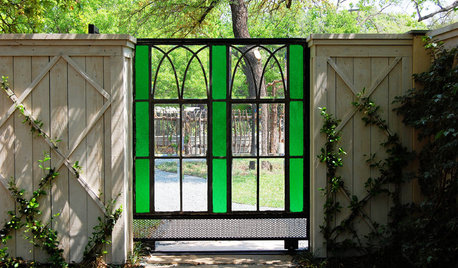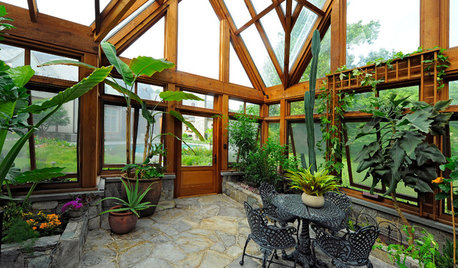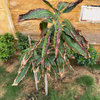Mango Graft/Tree Importing from India to California?
desimango
13 years ago
Related Stories

GARDENING GUIDESTree Care: Common Tree Diseases and What to Do About Them
Learn to recognize trees that may be affected by diseases or pests so you can quickly take action
Full Story
MOVINGMaking a Home Away From Home
Feeling like a stranger in a strange land? These tips can help ease the transition after a big move
Full Story
DECORATING GUIDES12 Design Tips From Guy-Friendly Spaces
Man up with these ideas from dudes who've navigated the decorating process with style and gusto
Full Story
COLORNature’s Color Wisdom: Lessons on Yellow From the Great Outdoors
Let the sunshine in. These ways to use yellow will cheer up your interiors and make Mother Nature proud
Full Story
SALVAGEReinvent It: An Eclectic Texas Garden Grows From Creative Salvaging
Teardown pieces and upcycled finds turn a next-door lot into a garden brimming with vegetables and originality
Full Story
EDIBLE GARDENSThe Enticing Garden: How to Grow Bananas
Sweeten your dining table with surprising flavors of banana cultivars while adding tropical flavor to your garden
Full Story
FARM YOUR YARDIf You Have Room for Only One Fruit Tree ...
Juice up a small garden with one of these easier-care or worth-the-effort fruit trees for a mild climate
Full Story
GARDENING GUIDESHow to Keep Your Citrus Trees Well Fed and Healthy
Ripe for some citrus fertilizer know-how? This mini guide will help your lemon, orange and grapefruit trees flourish
Full Story
GARDENING GUIDESSpring Citrus Care Reaps Months of Sweet Rewards
Learn how to tend citrus trees in spring and ways to preserve their delicious fruit
Full Story
LANDSCAPE DESIGNGreat Design Plant: Retreat to the Shade of Hardy Catalpa
Big foliage and a towering height provide a shady respite in summer, but that's not all hardy catalpa offers dedicated gardeners
Full StoryMore Discussions







mango_kush
tropicaliste
Related Professionals
Ashburn Landscape Architects & Landscape Designers · Bellflower Landscape Architects & Landscape Designers · Havre de Grace Landscape Architects & Landscape Designers · West Chester Landscape Architects & Landscape Designers · Goodyear Landscape Contractors · Surprise Landscape Contractors · Wakefield Landscape Contractors · Berkley Landscape Contractors · Blue Springs Landscape Contractors · East Hanover Landscape Contractors · Federal Way Landscape Contractors · Pleasant Grove Landscape Contractors · St. Louis Landscape Contractors · Waipahu Landscape Contractors · Shafter Landscape ContractorsdesimangoOriginal Author
ohiojay
pikorazi
jeffhagen
simon_grow
desimangoOriginal Author
ohiojay
esco_socal
Dar Sunset Zone 18
Dar Sunset Zone 18
desimangoOriginal Author
Kevin Reilly
desimangoOriginal Author
jeffhagen
desimangoOriginal Author
mango908
DP
Radha Y